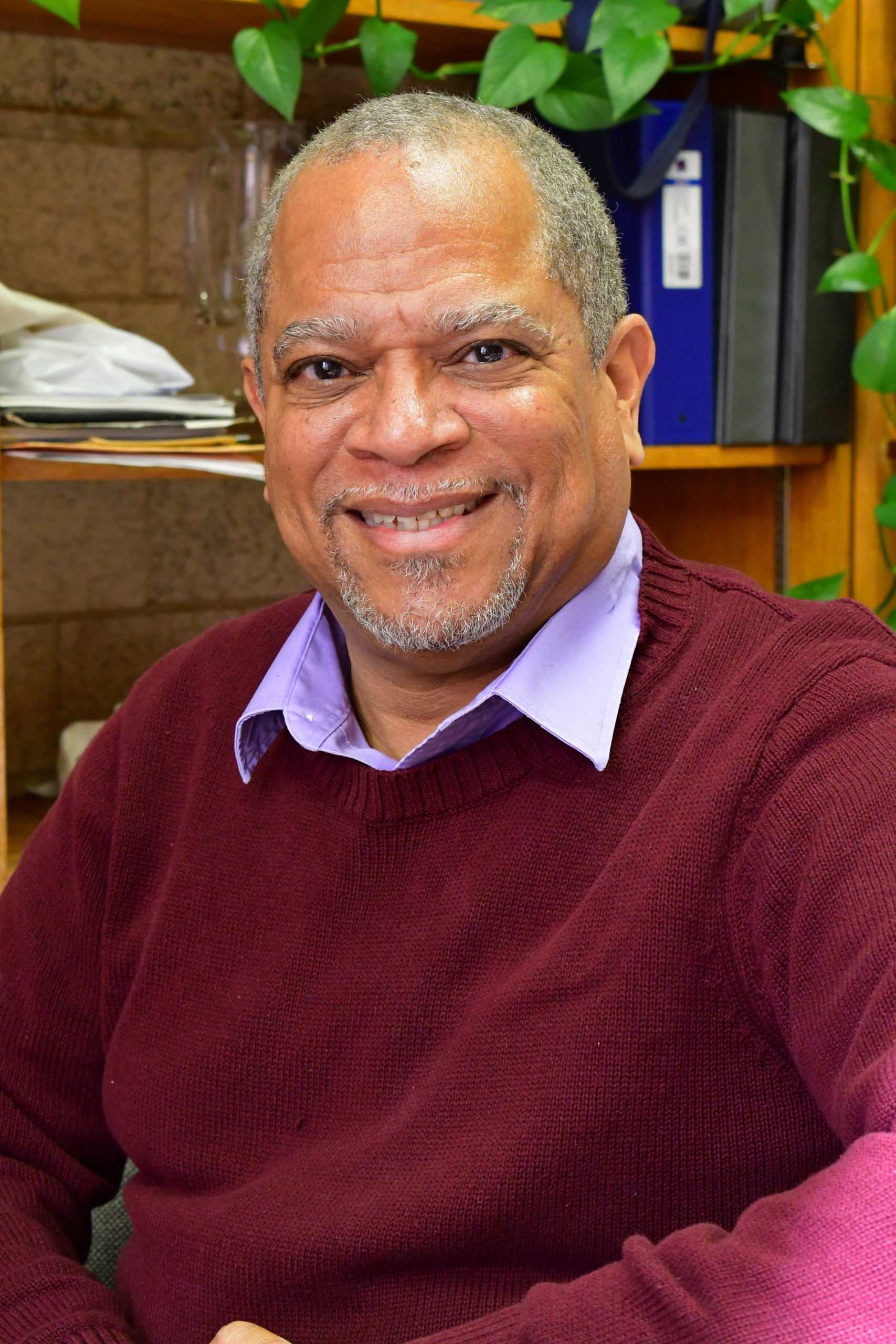
Robert L. Easter, AIA, NOMA, assumed the role as chair of the Department of Architecture at Hampton University in September 2008. He has overseen the reaccreditation effort of the professional program, securing a six-year affirmation of the program’s standing with the National Architectural Accrediting Board. Professionally, he is President of KEi architects (formerly Kelso & Easter, Incorporated) in Richmond, Virginia. A graduate (Bachelor of Architecture) of Hampton University, he also holds a Master of Architecture degree in Architecture / Urban Design from Virginia Polytechnic Institute & State University. He is an ordained minister and has done extensive graduate studies at the Divinity School at Howard University. His initial registration is in the state of Maryland, and he is licensed to practice architecture in Virginia and the District of Columbia. He holds certification with the National Council of Architectural Registration Boards (NCARB) and his firm holds active registrations in twelve states and Quebec, Canada. He began practicing architecture in 1977 in Baltimore, Maryland where he served as a Project Architect and designer for Ford & Associates, Inc. He also worked with the New River Valley Planning District Commission as a staff Architect and taught Architectural Technology for the Northern Virginia Community College. Following a four-year tour of duty in the US Army Corps of Engineers, he founded the Easter Design Center, later merging with John Kelso to form Kelso & Easter, Architects serving the Washington, DC metropolitan area. They were incorporated in 1985 and opened an office in Richmond, Virginia in 1987. In 2001, Mr. Kelso retired, and the entire operation was consolidated to the Richmond office.
Mr. Easter is active in community, civic and professional activities. He has twice served as a Director for the Virginia Society of the American Institute of Architects and is now the chair of the City of Richmond Board of Code Appeals and a board member of the Metropolitan Business League. His other civic involvements have included: board member Richmond Metropolitan Convention & Visitors Bureau for the City of Richmond, Board member of the Virginia Chamber of Commerce and Board chair of the and is a member of the Virginia Minority Supplier Development Council. He has served as a board member for the Commonwealth Girl Scout Council of Virginia, Freedom House, Social Center for Psychiatric Rehabilitation; Member, Woodley-Nightingale Land-use Task Force, Fairfax County; Member (and former Chair), Architectural Alumni Committee, Hampton University; Board of Directors, Richmond Opportunities Industrialization Center, Richmond, VA; the Board of Directors, Greater Metropolitan Richmond Literacy Council, and as a member of the Northern Virginia Minority Business & Professional Association.
In 1992 he was elected as the fifteenth president of the National Organization of Minority Architects and has been a vigorous advocate for increased minority participation in the public and private sector building industry. During his tenure, NOMA worked to increase opportunities for its members throughout the nation. International engagements included a tour to South Africa where he served on a mission to bridge relationships between black and white architects and assisted in the formation of the Association of Black Architects in that nation, a sister organization to NOMA, during the transition from apartheid to democratic rule. His work, both civic and professional has been recognized in local and national print media, including NOMANews, the New York Times, Metropolitan Magazine, the Richmond Times-Dispatch, the Richmond Free Press, Progressive Architecture Magazine and Inform Magazine.
Where did you go to college?
I attended Hampton University for undergraduate work and Virginia Tech for graduate school.
Would you recommend studying architecture to a young person? Absolutely. As an educator and practitioner, I believe that the work we do makes a difference
What does it take to be an architect?
Passion, creativity, determination and opportunity.
Was there an architect that particularly inspired you?
I only knew two architects before attending school: John Spencer, FAIA, who was the dean of Architecture at Hampton University (and a friend of our family), and Bert Berenson, who was Mr. Spencer’s predecessor (whom my mother worked for). Since beginning my career, I am inspired by a number of great architects, including John Chase, Wendell Campbell, and John Kelso. Stylistically, my favorite was the Japanese American design icon, Minoru Yamasaki.
What are you currently reading?
I am reading Slaves in the Family, by Edward Ball.
What’s the best meal you’ve ever had?
The next one. Every meal is good. I love food.
Why do you volunteer with the AIA?
It is an opportunity to serve our profession and to share a perspective that is not always considered. It is an opportunity to make a connection between the profession and students who need to know that our profession welcomes them.
